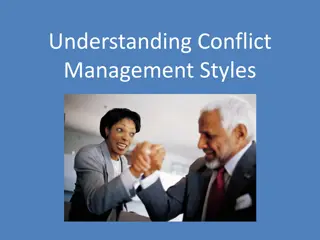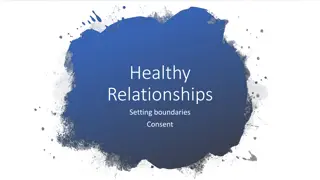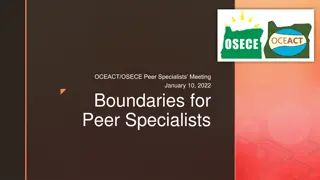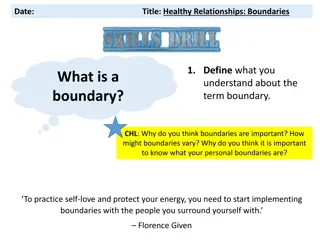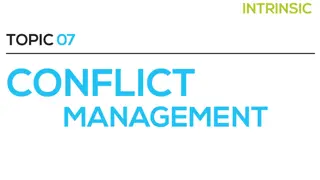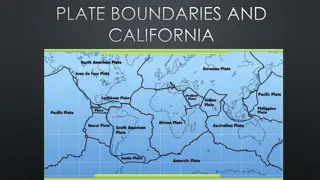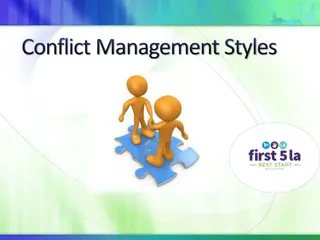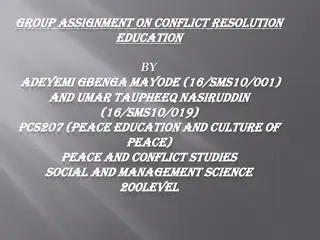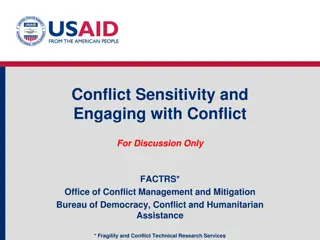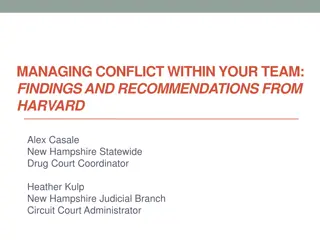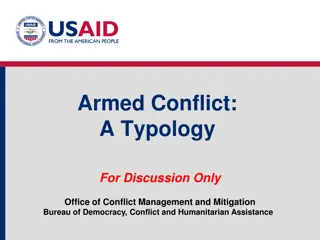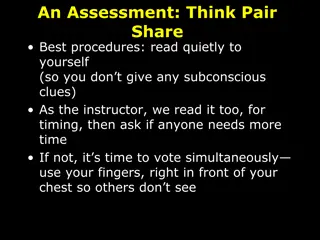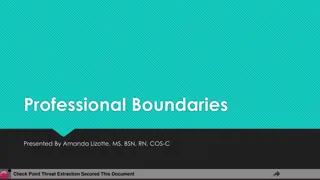Identifying Boundaries and Conflict
Student will be able to identify different boundaries such as natural and artificial, and understand how and why they are created. Explore antecedent and subsequent boundaries, along with their examples. Learn about the role of boundaries in conflicts due to ethnic disputes, resource allocation, and security concerns.
Download Presentation

Please find below an Image/Link to download the presentation.
The content on the website is provided AS IS for your information and personal use only. It may not be sold, licensed, or shared on other websites without obtaining consent from the author.If you encounter any issues during the download, it is possible that the publisher has removed the file from their server.
You are allowed to download the files provided on this website for personal or commercial use, subject to the condition that they are used lawfully. All files are the property of their respective owners.
The content on the website is provided AS IS for your information and personal use only. It may not be sold, licensed, or shared on other websites without obtaining consent from the author.
E N D
Presentation Transcript
LEARNING OBJECTIVE: Student will be able to identify different boundaries and how/why they are created in various ways.
TWO CATEGORIES OF BOUNDARIES Natural (physical) boundaries: based on recognizable physiographic features such as mountains, rives, and lakes (Getis, p. 304) Artificial (geometric) boundaries: typically based on parallels of latitude or meridians of longitude (Getis, p. 304).
ANTECEDENT BOUNDARY Antecedent Boundary: drawn across an area before it was well populated, before the cultural landscape developed (Getis, p. 304). Example: Western U.S. and Canada, usually occurs based on treaties. Washington & Montana existed before they were heavily populated, so regions became distinct from Canada Area right above it. This is an artificial boundary that is also antecedent boundary
SUBSEQUENT BOUNDARIES (ALSO ARTIFICIAL : Subsequent Boundaries: drawn after the development of the cultural landscape. Has two sub-sets: Consequent Boundary: border drawn to accommodate existing religious, linguistic, ethnic, or economic differences between countries. Example: Make the shape of the state actually reflect the different cultural groups (keeping all the blue people together) Superimposed Boundary: boundary forced upon people; often no regard for cultural elements. Example: Africa following the treaty of Berlin.
BOUNDARIES & CONFLICT Boundaries are typically going to be a source of conflict. Ethnic disputes and joining of ethnic groups Resource allocation Political consideration for security: Nomadic groups Immigrants

 undefined
undefined




